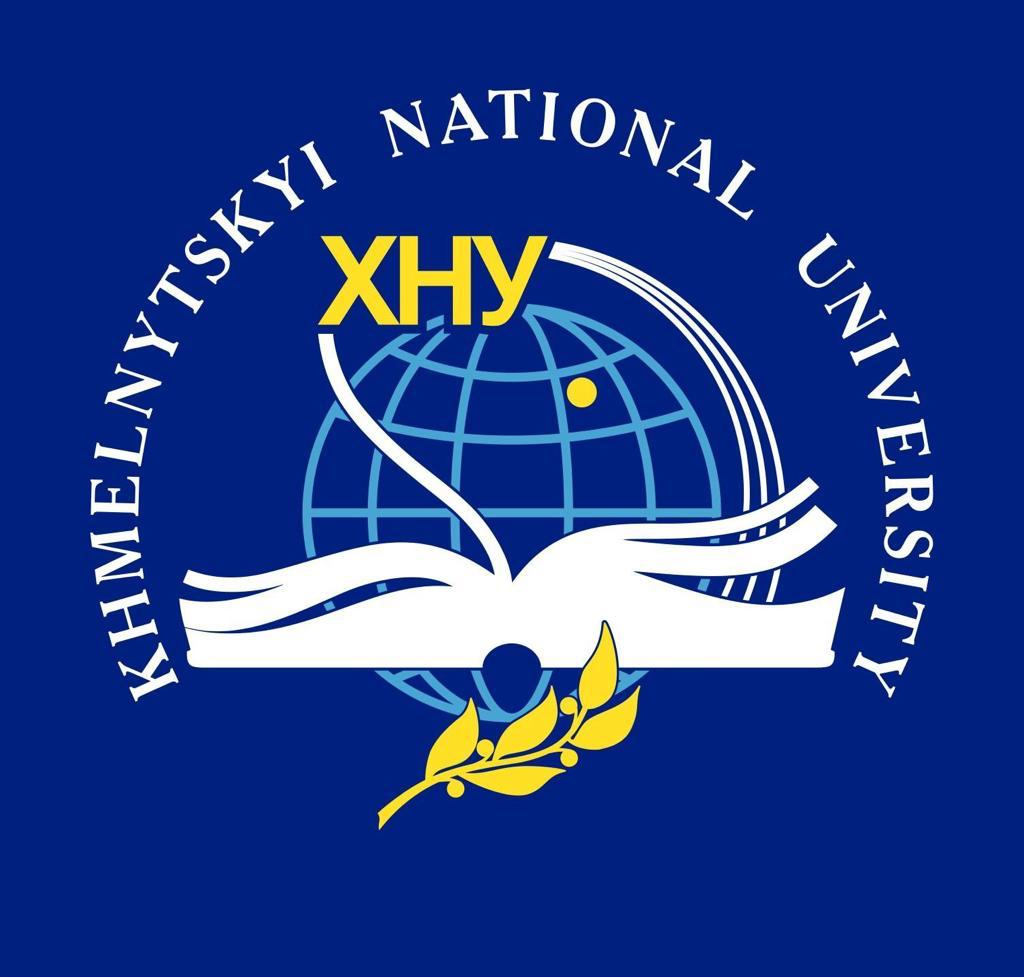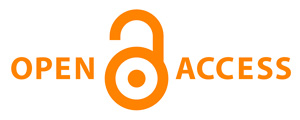CONCEPTUAL MECHANISMS THAT INFLUENCE THE LEVEL OF MOTOR ACTIVITY OF SCHOOL STUDENTS IN THE PROCESS OF ONLINE LEARNING
DOI:
https://doi.org/10.31891/pcs.2025.1(1).98Keywords:
interactive challenges, online format, mobile applications, physical activity, conceptual, social, organizational, psychological mechanismsAbstract
Preservation and strengthening of the health of children and adolescents, formation of healthy lifestyle
skills in them is the main task of the state and the education system. One of the components of a healthy lifestyle for
schoolchildren is the optimal level of physical activity. The modern educational process in educational institutions
often leads to a deterioration in the health of children and adolescents. The transition of children of different ages to
distance learning technologies, according to experts, can cause adverse changes in the functional state due to a low
motor component and significant mental stress. Such a situation requires improving the rational organization of the
motor activity of children and adolescents during distance learning.
The purpose of our study is to develop conceptual mechanisms that influence the level of motor activity of
schoolchildren in the process of online learning. Research methods - analysis and generalization of literary sources,
questionnaires, comparative analysis, generalization. Our study used a questionnaire method to identify the main
conceptual mechanisms influencing the level of physical activity of children and adolescents in the context of online
learning, including organizational, psychological, social and technological. Research results: The level of physical
activity of schoolchildren in the process of online learning is insufficient, which creates risks for their physical and
mental health. The questionnaire identified key problems, including lack of motivation, insufficient integration of
physical exercise into the educational process and low awareness of the possibilities of digital platforms for
training. To increase the physical activity of children and young people, it is recommended to: develop active break
programs that can be integrated into the schedule of online classes; raise awareness of students and parents about
the benefits of physical activity; stimulate the use of mobile applications for physical exercise through incentives
and interactive challenges; integrate elements of movement into the educational process, for example, through
game-based classes.
References
Horbatiuk O.V., Polishchuk S.V. Osoblyvosti funktsionuvannia zakladiv vyshchoi osvity pid chas
viiny: ochna ta dystantsiina formy osvity, yikh kliuchovi perevahy ta nedoliky. Modern Information Technologies
and Innovation Methodologies of Education in Professional Training Methodology Theory Experience Problems,
S. 5–13.
Duditska S.P. Analiz onlain ta oflain formativ u yakosti pidvyshchennia rukhovoi aktyvnosti shkoliariv.
Naukovyi chasopys Ukrainskoho derzhavnoho universytetu imeni Mykhaila Drahomanova. Vypusk 11 (184) 2024
Issue 11 (184) 2024. S.66-70
Zemska N.O. (2022). Stavlennia shkoliariv do fizychnoho vykhovannia i sportu. Slobozhanskyi
naukovo sportyvnyi visnyk, Vyp. 32. S. 5–1.
Kontseptsiia rozvytku dystantsiinoi osvity v Ukraini 2000 roku: Postanova vid 20 hrudnia 2000.
Ministerstvo osvity i nauky Ukrainy. URL: http://www.osvita.org.ua/distance/pravo/00.html.
Krutsevych T.Iu. Otsinka yak odyn z faktoriv pidvyshchennia motyvatsii uchniv do fizychnoi
aktyvnosti. Fizychne vykhovannia v shkoli. Pedahohichna presa. (2013) № 3. S. 47. Kyiv.
Lymar L. Osnovni perevahy ta nedoliky dystantsiinoho navchannia inozemnykh mov u nemovnomu
zakladi vyshchoi osvity. Ukrainskyi Pedahohichnyi zhurnal. 2022. № 1. S. 24–29.
Mala I. Dystantsiine navchannia yak diievyi instrument upravlinskoi osvity. Vcheni zapysky
Universytetu «KROK». 2022. № 2 (66). S. 132–151.
Odintsova O.O., Khalo Z.P., Baltremus V.Ie. Dystantsiine navchannia yak vyklyk suchasnoi
universytetskoi osvity: problemy i perspektyvy. Zhurnal «Perspektyvy ta innovatsii nauky». Ser. «Pedahohika»,
«Psykholohiia», «Medytsyna». 2022. № 1 (6). S. 294–306.
Jarynowski A., Stochmal M., Maciejewski J. Przegld i charakterystyka prowadzonych w polsce bada na
temat spoecznych uwarunkowa epidemii COVID-19 wjej pocztkowej fazie. [A review of studies of social
background During the rest phase of the COVID-19 epidemic in poland], Bezpiecze stwo Obronno Socjologia.
13 (14), 38–87.
Klisowska I., Seń M., Grabowska B. Advantages and disadvantages of distance learning. E-
Methodology. 2021. 7 (7), 27–32.
Rajab K. D. The effectiveness and potential of E-learning in war zones: An empirical comparison of
face-to-face and online education in Saudi Arabia. Practical Innovations, Open Solutions. 2018. Vol. 6. P.
–6794.
Downloads
Published
How to Cite
Issue
Section
License
Copyright (c) 2025 Олена МОРОЗ

This work is licensed under a Creative Commons Attribution 4.0 International License.





